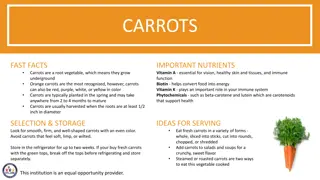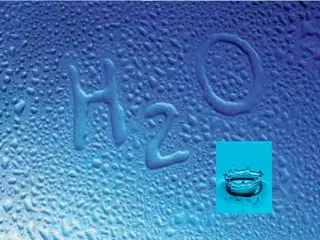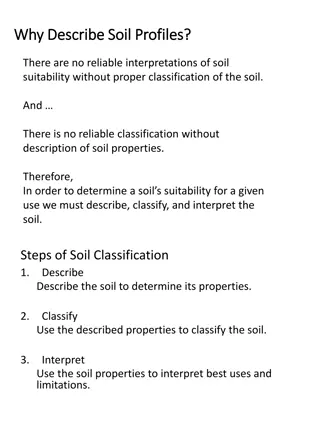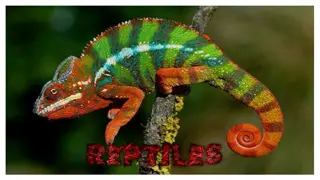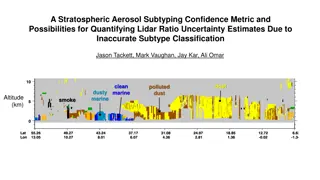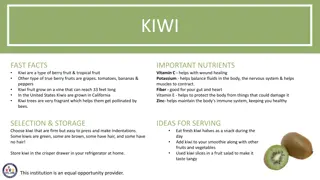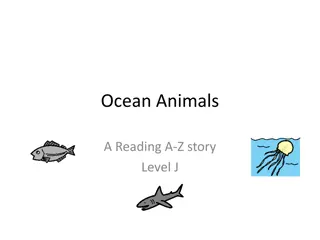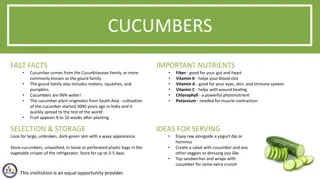Exploring the Fascinating World of Spinel: Properties, Classification, and Fun Facts
Uncover the beauty and intrigue of spinel, a metamorphic mineral with a rich history of being mistaken for rubies and sapphires. Learn about its chemistry, physical properties, classification in the isometric system, and isotropic nature. Delve into the fun facts surrounding spinel, including its variety of colors and famous misidentifications throughout history.
Download Presentation

Please find below an Image/Link to download the presentation.
The content on the website is provided AS IS for your information and personal use only. It may not be sold, licensed, or shared on other websites without obtaining consent from the author. Download presentation by click this link. If you encounter any issues during the download, it is possible that the publisher has removed the file from their server.
E N D
Presentation Transcript
Spinel Presentation By Tyler Kotsifas
Definition Chemistry Physical properties Classification Optical Properties Fun Facts General references Contents
Basic Info -Spinel is a metamorphic mineral, commonly found in metamorphosed limestones -Also as a primary mineral in igneous rocks that are low in silica but rich in magnesium -Gem quality spinel is often found in parts of Asia (Burma, Sri Lanka), and the Middle East Photo by Rob Lavinsky / iRocks.com / CC BY-SA 3.0
Chemistry Chemical Formula: MgAl2O4 Spinel is the magnesium/aluminum end member of the larger spinel group Spinel Group defined as: Crystallizes in Isometric System Typically has Oxygen as an anion Other minerals in this group are: Magnetite (Iron Spinel) and Gahnite Photo by Rob Lavinsky / iRocks.com / CC BY-SA 3.0
Physical Properties -Variety of colors: blue, red, pink, green, black, violet -Luster: Vitreous (like glass) -Hardness Value of 7.5-8 -Specific Gravity between 3.6-4.1 -Has no good cleavage. Exhibits a conchoidal fracture Photo CC BY-SA 3.0
Classification -Crystallizes in Isometric (Cubic) System, often Octahedral -Miller Indices are variations of 111 face (looks like block #1) Photo by Rob Lavinsky / iRocks.com / CC BY-SA 3.0
Isotropic Mineral, behaves same in all directions Optical Properties Refractive Index: n=1.719 Because it is isotropic, no birefringence or pleochroism
For a long time red and blue spinels were always confused for rubies and sapphires Forms under similar conditions and in the same rock units Ruby and sapphire are made from corundum. Ancient gem traders didn t know spinel and corundum are different Fun Facts They thought every red gemstone was a ruby and every blue a sapphire The Black Prince s Ruby is a famous spinel misidentified as a ruby
Spinel is a gemstone that comes in a wide variety of colors The most desirable color is a deep red but red spinel is actually rarer than ruby Fun Facts (Continued) Despite this spinel is not valued as much as a gemstone as ruby (cost is about 30% lower) Gem quality spinel can be easily synthesized and made into any color in a lab
Ralph, Chris. Spinel Mineral Information Photos and Facts, http://nevada-outback-gems.com/mineral_information/Spinel_mineral_info.htm http://nevada-outback-gems.com/mineral_information/Spinel_mineral_info.htm Gem Spinel, http://nevada-outback- gems.com/mineral_information/Spinel_mineral_info.htm. https://geology.com/minerals/spinel.shtml Spinel. Geology, https://geology.com/minerals/spinel.shtml. Works cited Spinel. Spinel: Mineral Information, Data and Localities., https://www.mindat.org/min-3729.html. Spinel: The gemstone ruby Spinel information and pictures. (n.d.). Retrieved from https://www.minerals.net/gemstone/spinel_gemstone.aspx.


















